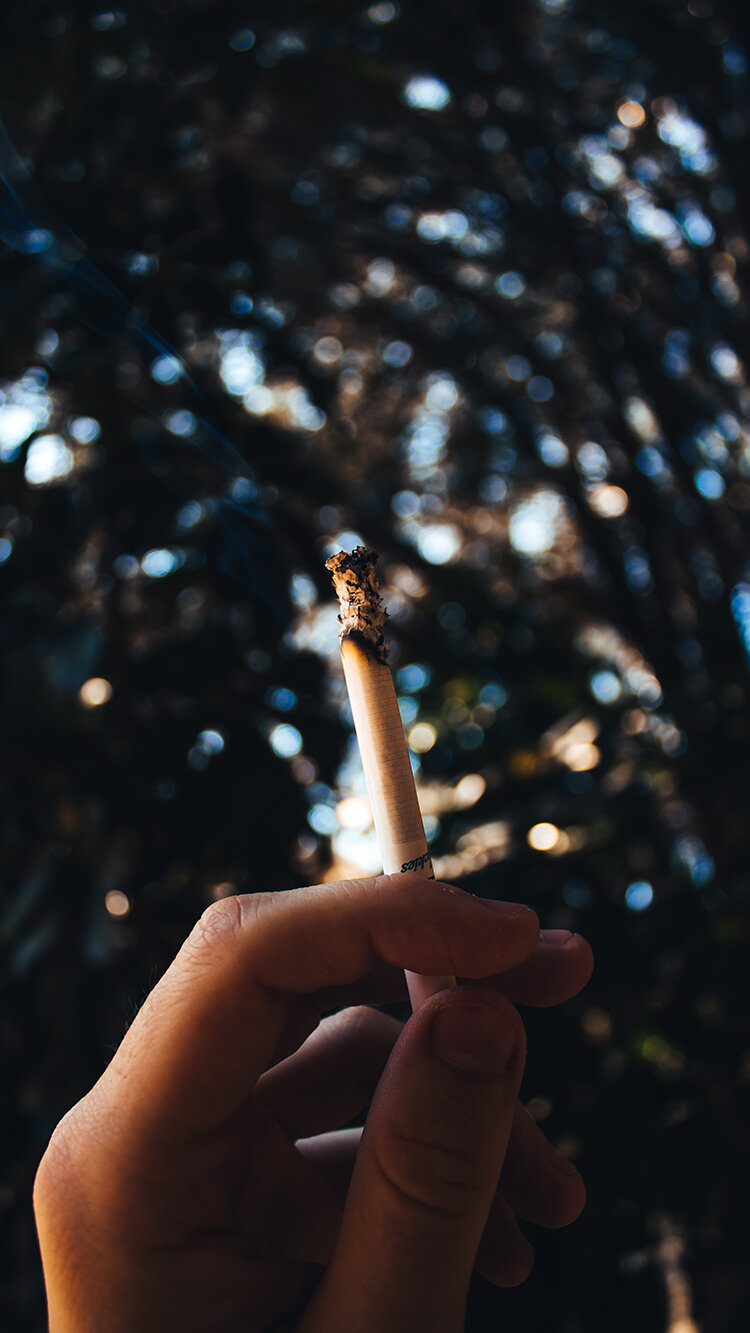Healing Gardens: Addiction Recovery
The power of therapeutic healing gardens, a six post series.
Post 3: Addiction Recovery
Last post we talked about research that correlated “Green Space” with better socio- economic outcomes and overall wellbeing. This post we will continue on in the theme of supporting research of therapeutic healing gardens and how they can benefit your life.
So let's begin by talking about what happiness looks like in your brain... literally! Researchers in California tested subjects using MRI’s, and showed them various imagery. When people viewed pictures of nature, the anterior portions of the parahippocampal gyros would come to life. This is an area of the brain that has a large number of opioid receptors, which, if you remember biology class, connect brain cells with dopamine (basically our brain’s “feel good” reward system). Of course, these feelings of wellness are proven to be a motivation for positive behavioral modification and breaking bad habits. Here’s a good book on the subject: (https://www.amazon.com/Your-Brain-Nature-Eva-Selhub/dp/1443428086)
So yes, nature is a little reward for the brain. When viewing pictures of nature happiness signals were released and individuals became less stressed, and more focused on the positive aspects of their lives. This also had a residual affect of choosing to engage in “better behaviors” which can aid in successful outcomes with addiction recovery.
Here’s a non-scientific, anecdotal case study: GardenGirl worked with Margaret (name changed to protect ID) who struggled with chain-smoking, and at the time was not ready to quit. Margaret’s healing garden included an area where she could smoke without bothering anyone else, but also take in the natural splendor to help with her eventually leaving the habit behind.
GardenGirl educated Margaret on the ancient healing properties of her new 12’ Cedar trees, and how they give us the air we breathe. GardenGirl is not in the business of judging one’s addiction, but also not averse to pointing out the positives of nature. Margaret realized that while smoking under these trees was an exercise in contradiction: she was partaking in a habit that harms our ability to breathe underneath trees that supply that breath. It clicked. She worked with a doctor to develop a plan to quit smoking, with her “cedar circle” becoming a welcome respite. Indeed, it has turned into a healing circle she uses for her daily mediation. She’s been nicotine free for five years now. Yay Margaret!

